Originally Featured on WARC
With every big privacy announcement from Google, Apple or Facebook, the marketing industry looks at what may be lost, and rightfully so. However, brands and agencies also need to take a close look at what they’ll still have going forward. Walls may grow higher, identifiers may go, but brands will always have access to their first-party data, and that is incredibly valuable.
Having first-party data sounds great, but the challenge is what brands do with that data. To ensure that a first-party data asset not only enables brands to work with changing platforms, but also be less dependent on any one platform or solution, they must enhance and connect their first-party data to a collaborative environment. Joining a data cooperative can offer such connectivity, providing access to complementary second-party data and analytics beyond a brand’s first-party asset. To understand the value of a data cooperative, it’s worth agreeing on a common definition of second-party data. Winterberry Group defines it as data that is shared in a dedicated environment with a clearly defined set of permissions and rights set between each of the parties and, most often, the third-party provider managing the environment.
Alliant is a data cooperative, which anonymizes and aggregates brands’ first- party data into a second-party data asset. In this process, similar to other data cooperatives, a brand’s first-party data is first and foremost permissioned by the consumer, and then anonymized and stripped of personally identifiable information (PII) in a dedicated environment, protecting consumer data and each brand’s business information. The result is a privacy-compliant, stable, second-party asset maximized for analytics and enrichment capabilities.
Cooperatives have been around for decades in the direct marketing world and have evolved to fuel advertising as brand dollars have flowed to the digital realm. While third-party data suppliers and aggregators took off in the online world, cooperatives steadily remained a way for brands to maximize their first-party data intel across channels.
DMPs (data management platforms) and CDPs (customer data platforms) have grown in popularity over the years, yet neither has taken on a core business function like creating a unique second-party data set aggregated across multiple brands to complement a brand’s existing first-party data.
Given the inherent scale limitations of first-party data, the absolute requirement of privacy compliance and, Google and Apple’s decisions to kick identifiers to the curb,
cooperatives now have even more value than ever before.
Data cooperatives have staying power
Launching in the early '90s, data cooperatives have proven their ability to adapt to industry shifts, including the explosion of digital media and the constantly changing world of compliance standards. Their greatest value going forward may be in aggregating properly permissioned PII, and then normalizing and anonymizing that data to make it usable. Beyond simply organizing and enriching data, this cooperative data transformation creates a stable, analytic-oriented second- party data asset that fundamentally differentiates a cooperative from a CDP and makes it a valuable tool in the marketer’s arsenal.
The cooperative benefit
With an increase in digitally-native DTC brands, cooperatives represent a collaborative way to turn digital signals and first-party insights into actionable data through partnership with other like-minded marketers. The concept of sharing first-party data, especially in the current climate, may be hard to swallow for many brands, and even a barrier to considering a data cooperative all together. However, the possibility to safely enrich first-party data is a necessary step for brands and especially publishers.
While advertisers are obvious beneficiaries of cooperative data, longtail publishers with limited first-party data will benefit from joining forces in a cooperative setting to make the most of the little data they do have. Creating an ad network across publishers gives them more control in working closely with advertisers, instead of full defaulting to Google to handle their ad revenue.
Pooling data will also help manage the reduction in credible reach and targetable audiences that will happen in 2023 with the loss of the cookie. Collaborating across multiple publishers provides incremental reach to balance that issue. Connecting insights across brands and publishers allows advertisers to target another brand’s first-party data, modeled for their own brand’s offering, across the inventory from a publisher cooperative partner. On paper, that sounds much more desirable than the limited identifiable universe that will come into play once Chrome stops supporting third-party cookies.
Unlocking value on advertising’s bleeding edge
Perhaps the greatest benefit of cooperatives goes back to their origins serving direct mail marketers. Today, this gives them the ability to aggregate data across channels, helping to bring offline insights into the online world. This solves a number of issues by:
- Providing valuable offline consumer behavior data as the amount of online behavioral data shrinks due to the loss of the cookie;
- Creating a logical extension for offline brands to enter online efforts; and
- Easily translating to offline marketing insights for omni-channel campaigns.
This last point is perhaps the most enticing when facing the future of advertising. First-party data and the collaboration within a cooperative are huge assets within other walled gardens like Amazon, retail networks like Target, and of course in TV, where cord-cutting was accelerated due to the pandemic. These are emerging frontiers of advertising, where Google’s decisions are not going to have the same impact. As these become more valuable ways to engage with consumers in the very near future, brands that can use their first-party data, and cooperative insights to target within these channels will be primed to seize the opportunity.
It’s critical for brands to grasp the implications of the potential loss of third-party insights, but it’s just as important that they understand why it matters where those insights come from. What’s more, advertisers need to understand where the loss of cookies matters and where it doesn’t.
Cooperatives have survived and thrived, and their signals will remain reliable amid cookie deprecation and translate into new frontiers like CTV and retail networks.
Learn More
Interested in learning more about what a data cooperative can offer you, or questions regarding Alliant DataHub membership? Contact us here to get the conversation started!







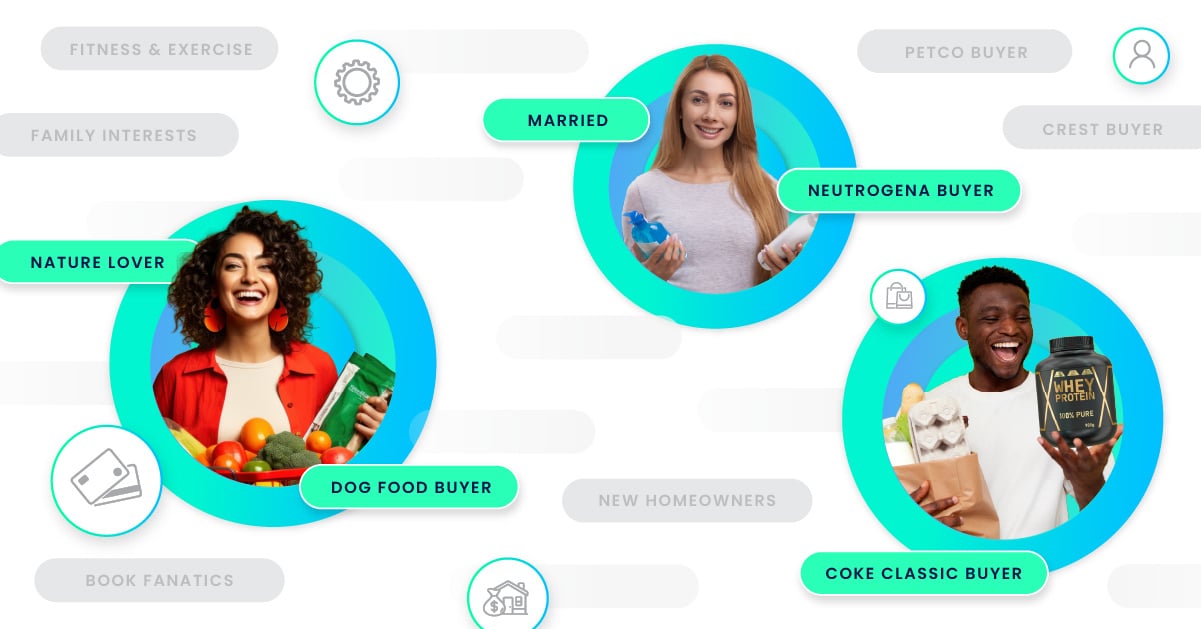







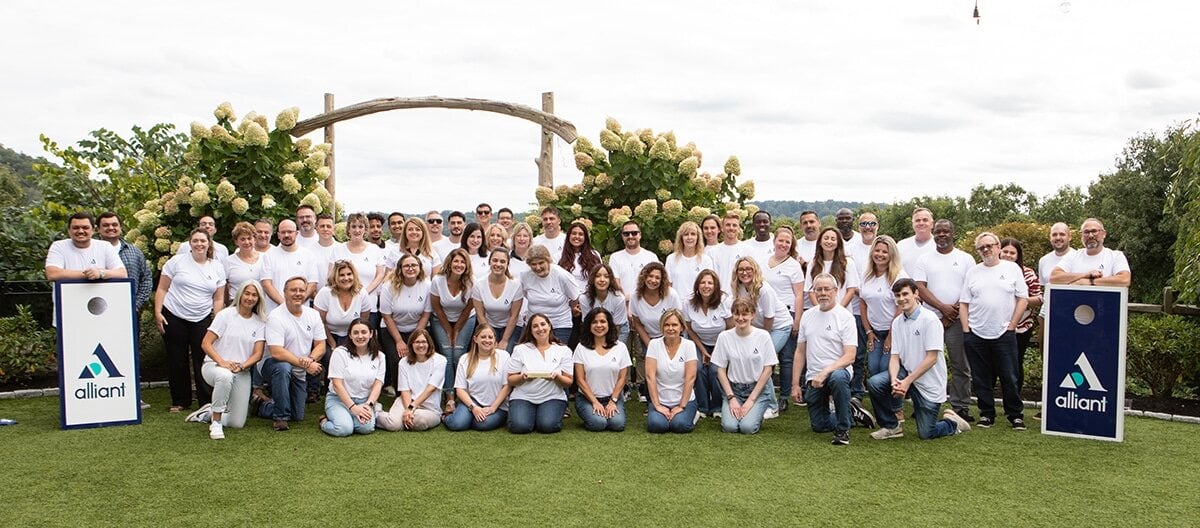




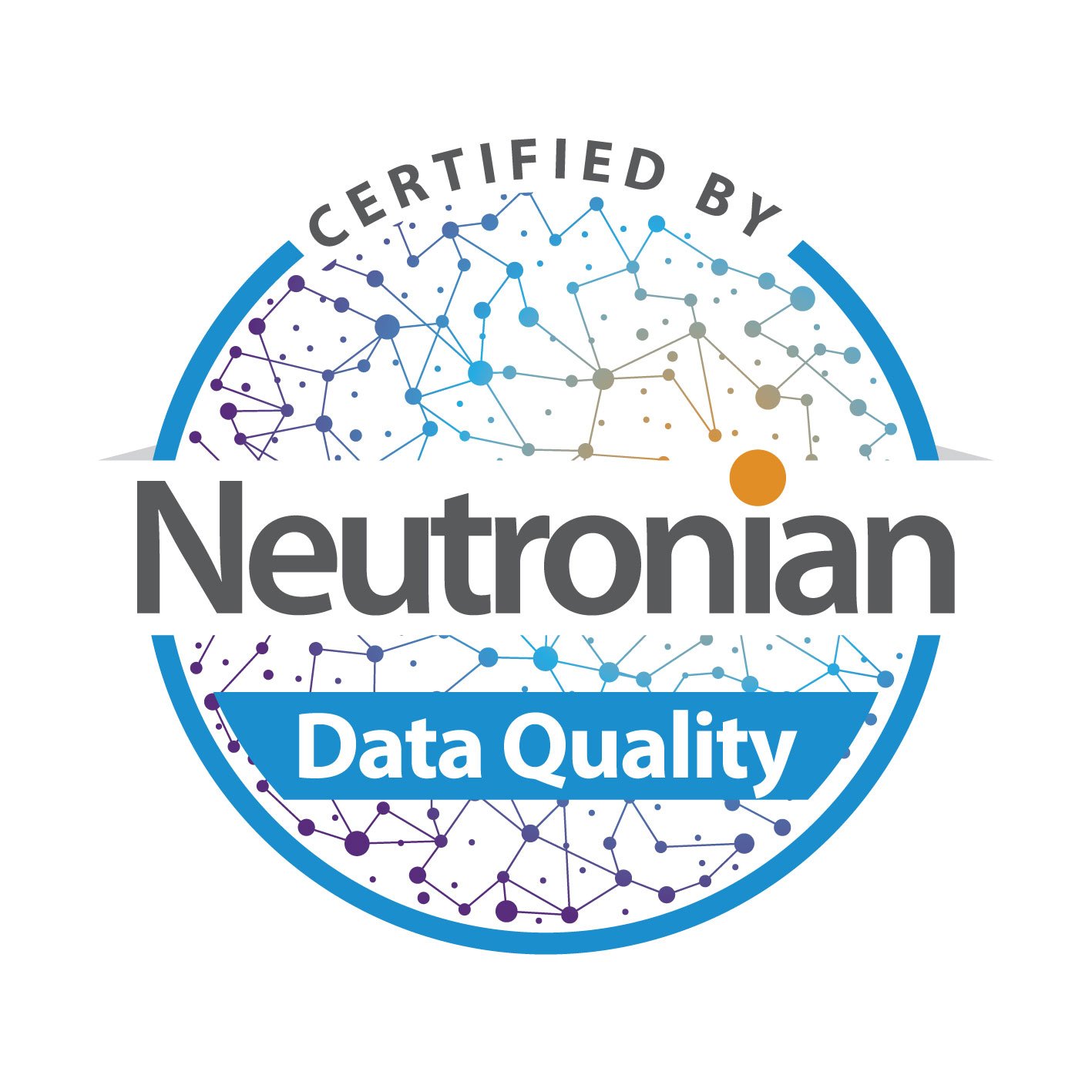
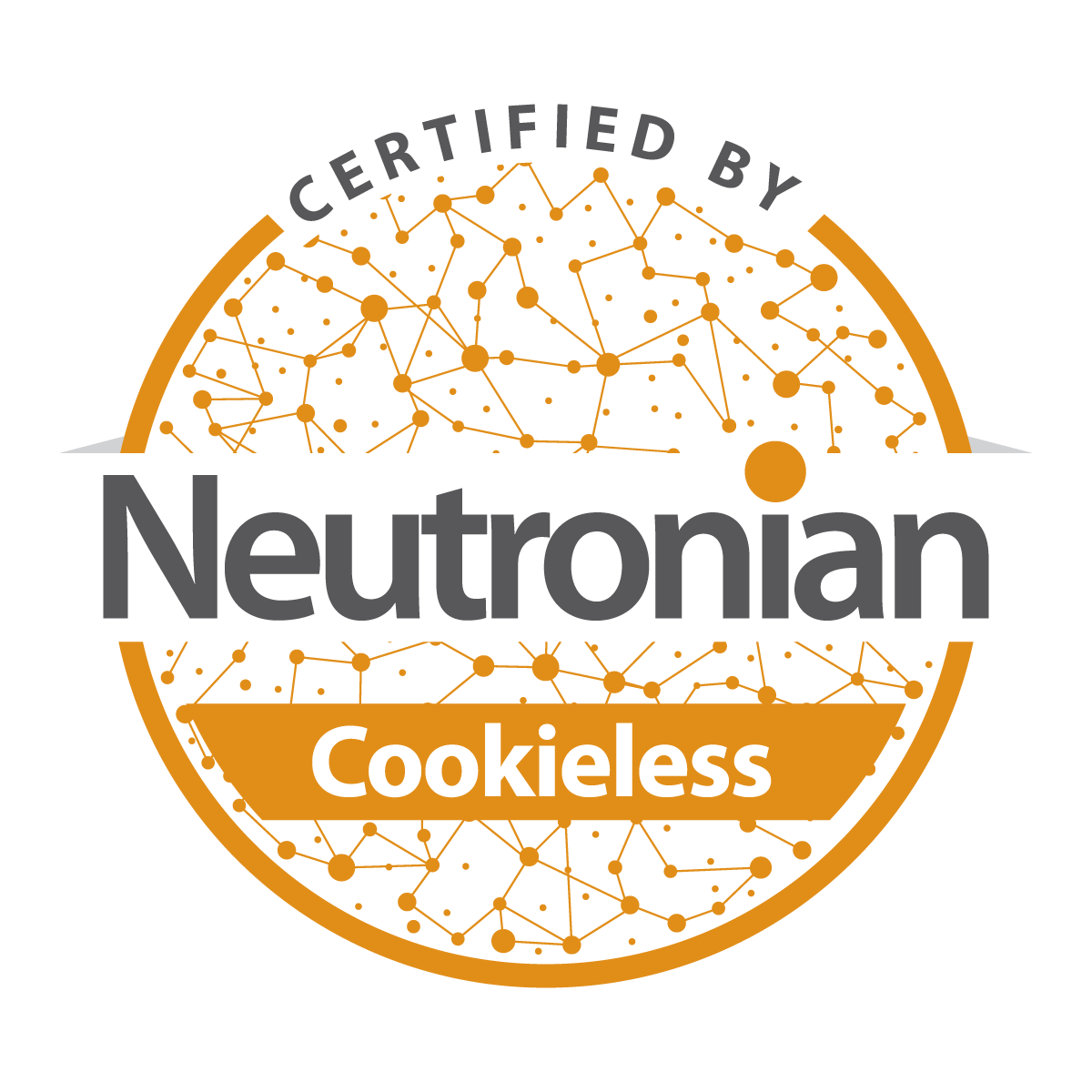
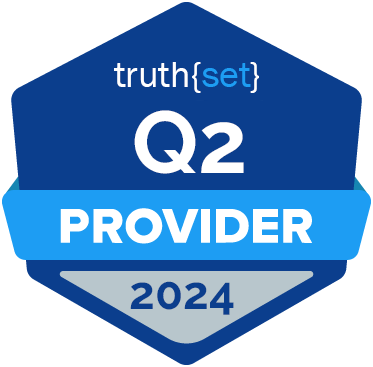






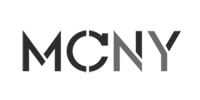
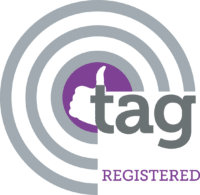
Submit a Comment